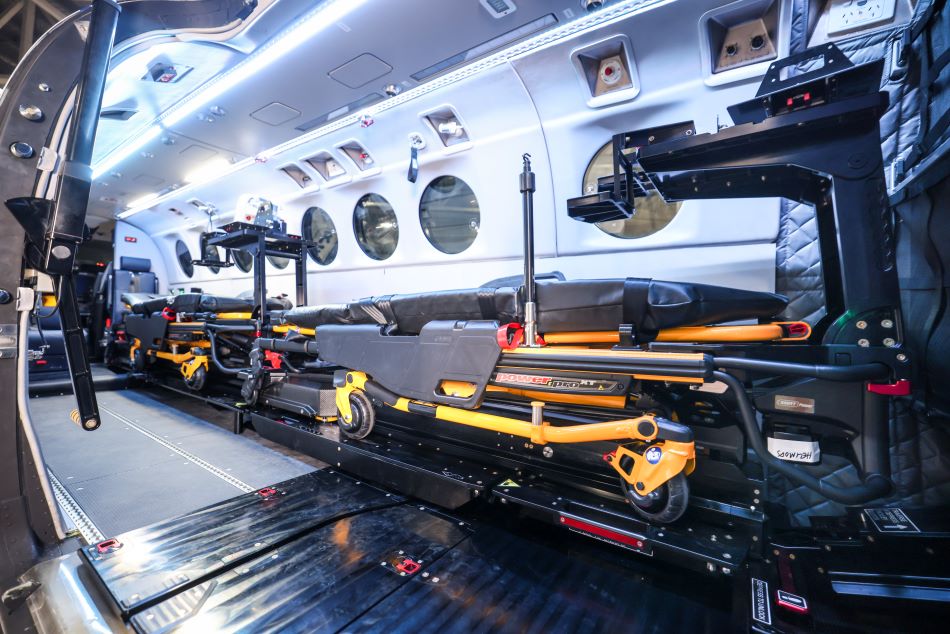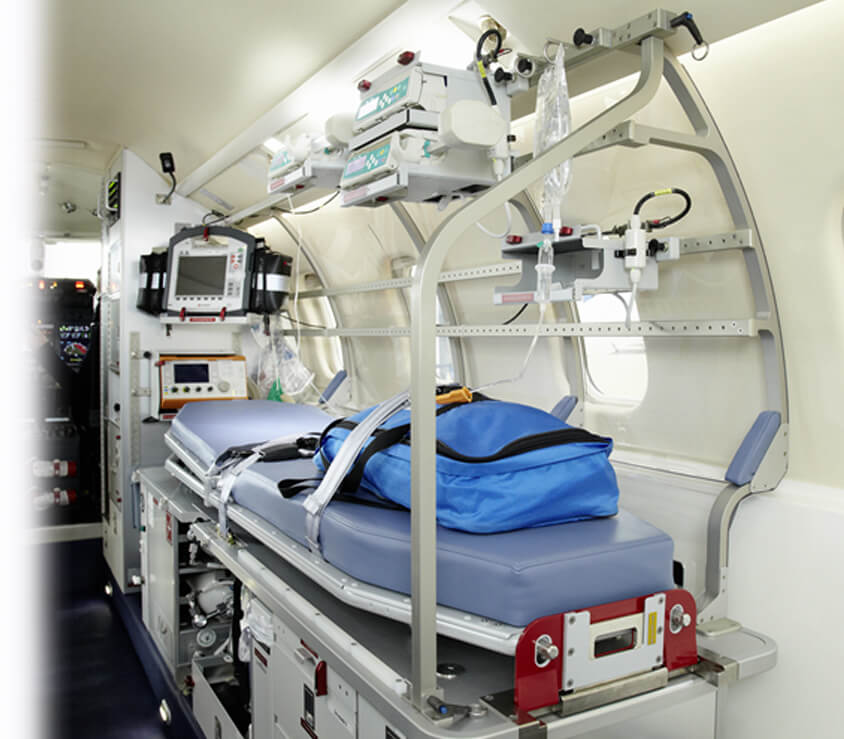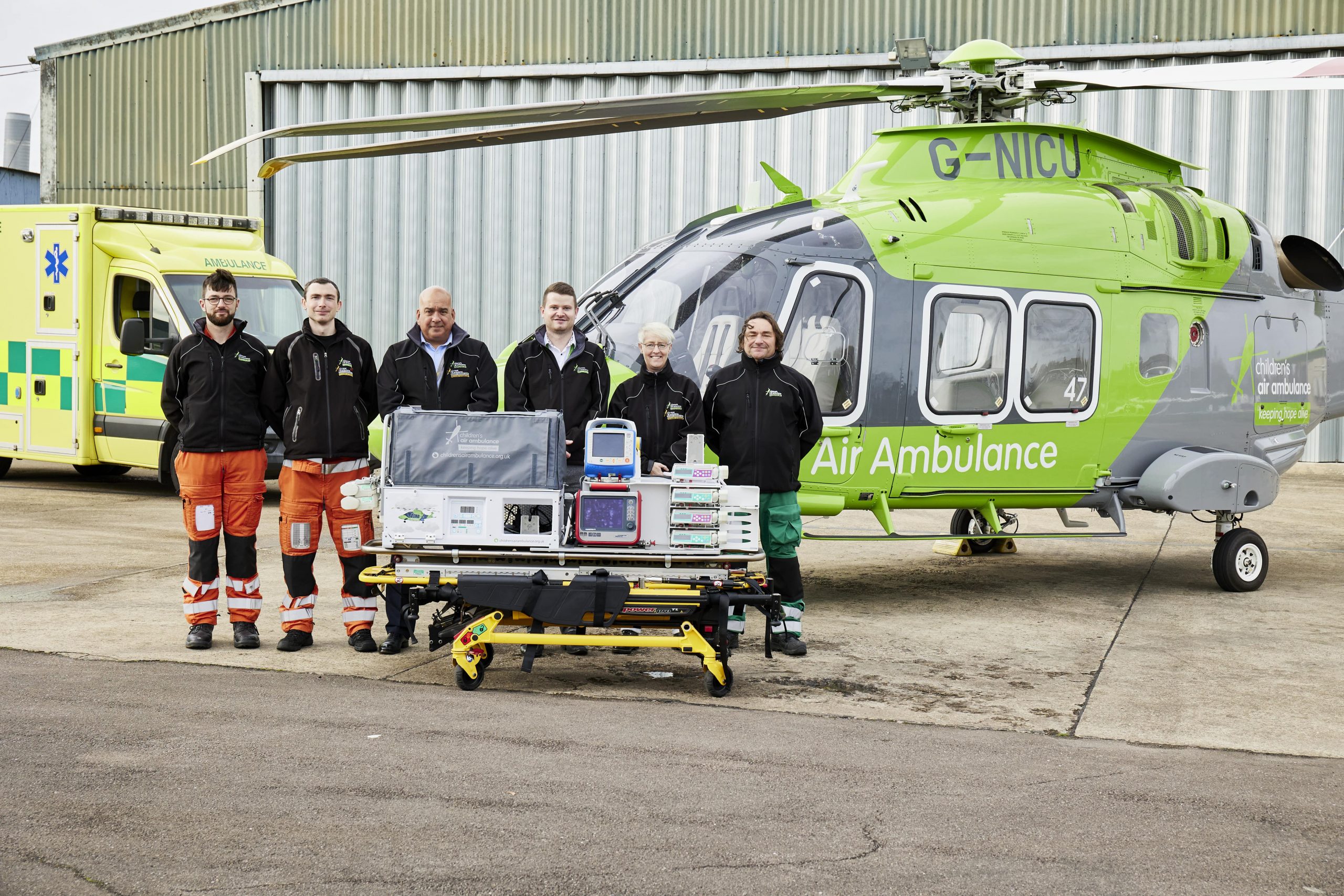Let’s talk about some cool new stuff happening in the world of air ambulance medical technology! You know, those amazing vehicles that swoop in to save the day when someone needs urgent medical transportation? Well, the technology behind these life-saving flights is constantly evolving and improving. From state-of-the-art medical equipment to advanced communication systems, these innovations are revolutionizing the way air ambulances operate. So, hop on board and let’s explore some of the exciting advancements in air ambulance medical technology!
Advances in Telemedicine
Telemedicine has revolutionized the way medical care is delivered, especially in the field of air ambulance services. With real-time video streaming, medical professionals can assess and diagnose patients remotely, providing crucial medical advice and guidance. This technology enables a faster response time, as doctors can remotely consult with medical specialists and make important decisions regarding patient care. Additionally, the ability to monitor vital signs remotely has been a game-changer in air ambulance services. Through remote vital signs monitoring, medical personnel can continuously track patients’ heart rate, blood pressure, oxygen saturation, and other key indicators. This ensures prompt intervention in case of any fluctuations or emergencies.
Improvements in Aircraft Design
The development of unmanned aerial vehicles (UAVs) has revolutionized the air ambulance industry. These autonomous aircraft can be remotely controlled to transport medical supplies or deliver life-saving equipment to areas that are difficult to reach by traditional means. UAVs also play a crucial role in transporting organs for transplant, as they can quickly and efficiently deliver these life-saving organs to recipients in need. Additionally, advanced air filtration systems have been incorporated into air ambulances to ensure a clean and sterile environment for patients. These systems filter out harmful particles and pathogens, reducing the risk of infections. Enhanced patient loading systems have also been introduced to facilitate the safe and efficient transfer of patients onto and off the aircraft, minimizing the risk of injuries during the transport process.
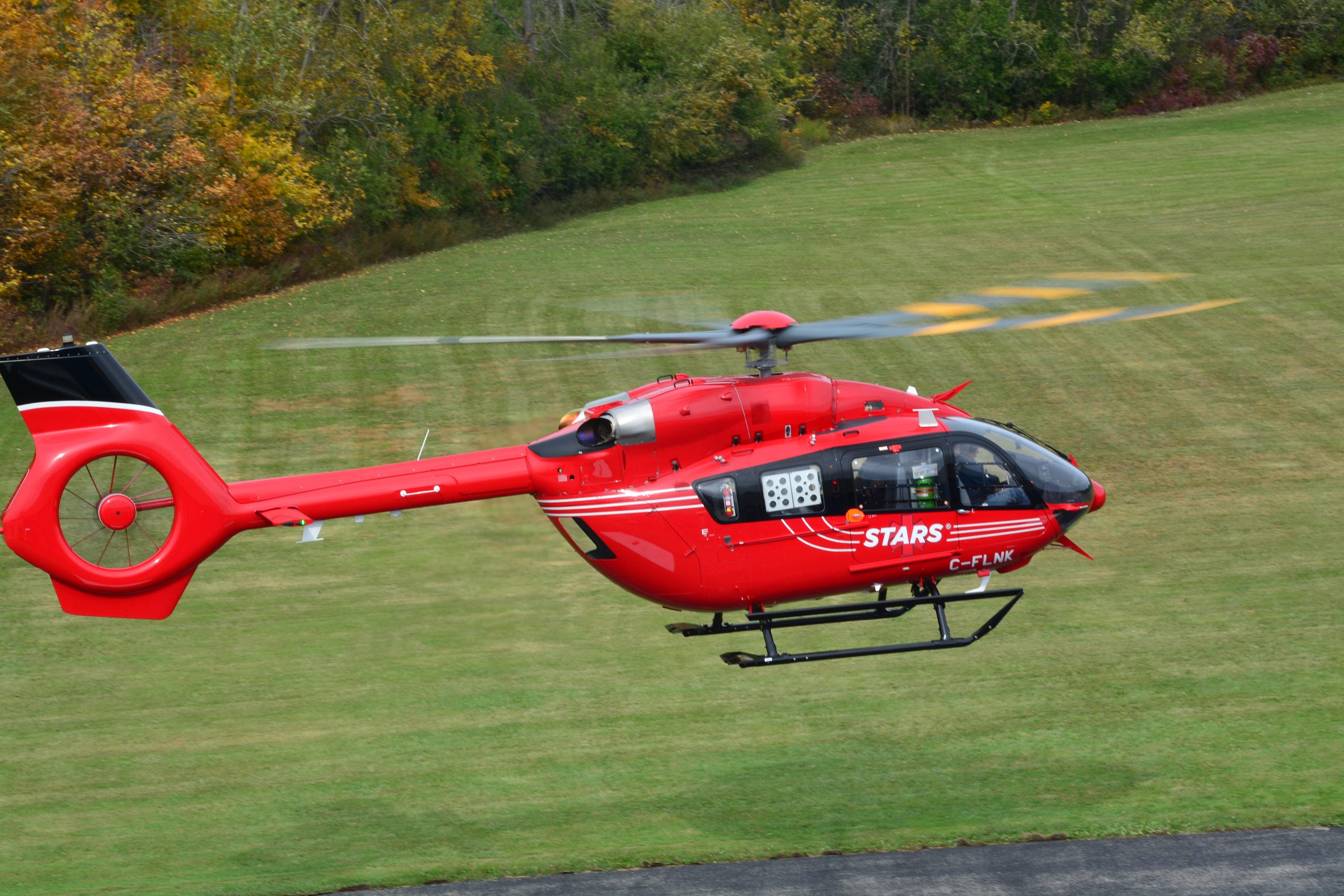
High-Frequency Ventilators
High-frequency ventilators have greatly improved the management of patients requiring respiratory support during air ambulance transfers. These ventilators provide improved oxygenation, delivering a higher concentration of oxygen to patients who are critically ill or have compromised lung function. Additionally, high-frequency ventilators offer precise regulation of airway pressure, ensuring that patients receive the optimal level of support tailored to their specific needs. Portability and ease of use are also key features of these ventilators, allowing medical personnel to provide rapid and effective respiratory care during complex air ambulance transports.
Innovative Patient Monitoring Devices
Air ambulance services now utilize a range of innovative patient monitoring devices to ensure the continuous assessment and supervision of patients’ conditions. Non-invasive cardiac monitors play a vital role in monitoring the heart’s electrical activity, enabling medical professionals to detect and manage any abnormalities or life-threatening arrhythmias. Continuous glucose monitoring systems have also become essential in air ambulance operations, especially for patients with diabetes or other conditions requiring close monitoring of blood sugar levels. These systems provide real-time data, allowing medical personnel to optimize insulin therapy and prevent complications. Additionally, smartwatches equipped with vital signs tracking capabilities offer a convenient and efficient way to monitor patients’ heart rate, blood pressure, and oxygen saturation during air ambulance transfers.
Enhanced Imaging Equipment
The introduction of portable ultrasound devices has transformed the diagnosis and monitoring of patients in air ambulance services. These handheld devices allow medical professionals to perform real-time imaging studies, enabling the assessment of internal organs, detection of trauma, and identification of life-threatening conditions such as internal bleeding. Digital radiography machines have also made significant advancements in air ambulance technology, providing high-resolution images that aid in the diagnosis of fractures, dislocations, and other injuries. Furthermore, advanced computer tomography (CT) scanners have been integrated into air ambulances, allowing for rapid and accurate imaging of the head, chest, abdomen, and other critical areas, even while in flight.
Efficient Communication Systems
The implementation of satellite-based communication technologies has revolutionized communication in air ambulance services. These advanced systems ensure reliable and uninterrupted communication between the air ambulance crew, medical dispatchers, and medical specialists on the ground. This real-time communication allows for the exchange of vital information, coordination of patient care, and the ability to request immediate assistance if needed. Integrated dispatch systems have also been adopted to streamline the process of dispatching air ambulances. These systems enhance communication between dispatchers, air ambulance crews, and hospital personnel, ensuring efficient coordination of patient pick-up, transport, and delivery. Moreover, secure data transfer and storage systems play a crucial role in maintaining patient confidentiality and protecting sensitive medical information during air ambulance transfers.
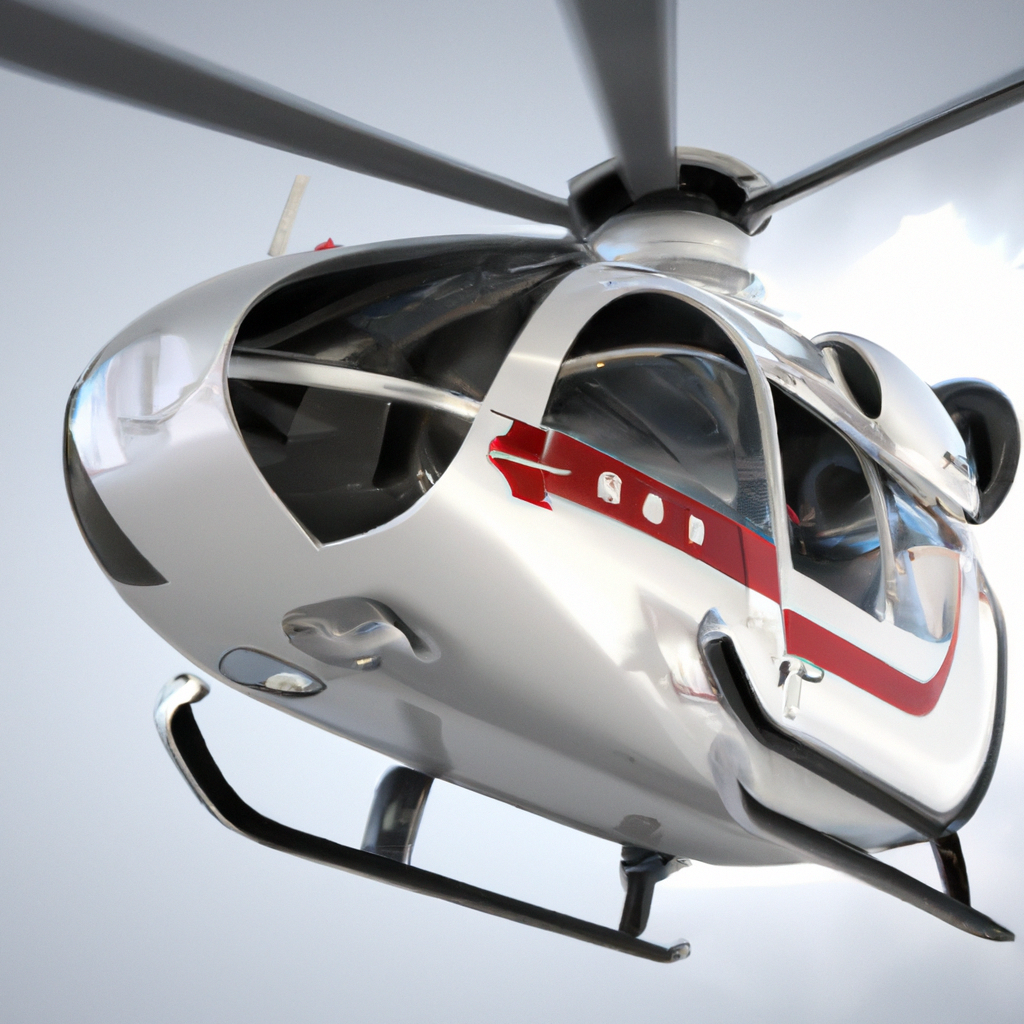
Advancements in Medication Management
Air ambulance services now benefit from automated drug dispensing systems, which ensure accurate and timely medication administration. These systems eliminate the risk of human error in medication dosing and significantly reduce the time it takes to prepare and administer medications during air ambulance transfers. Temperature-controlled medication storage units have also been incorporated into air ambulances to maintain the integrity and effectiveness of medications, especially those that require specific temperature ranges for stability. Pharmacokinetic modeling software has proved invaluable in air ambulance services, allowing medical professionals to calculate precise medication doses based on individual patient characteristics and medical conditions, ensuring optimal therapeutic outcomes.
State-of-the-Art Life Support Equipment
Life support equipment plays a critical role in air ambulance services, and advancements in this area have greatly improved patient outcomes. Extracorporeal membrane oxygenation (ECMO) machines are now used in air ambulances to provide life-sustaining support for patients with severe respiratory or cardiac failure. These machines temporarily take over the functions of the lungs and heart, allowing time for intervention or transport to a specialized facility for further treatment. Portable defibrillators are another vital piece of equipment in air ambulances, enabling rapid response to cardiac emergencies such as cardiac arrest. These defibrillators are user-friendly and provide clear instructions for delivering life-saving shocks to restore normal heart rhythm. Intra-aortic balloon pumps are also utilized in air ambulances to assist patients with cardiac dysfunction by improving cardiac output and reducing workload on the heart, thus stabilizing patients during transport.
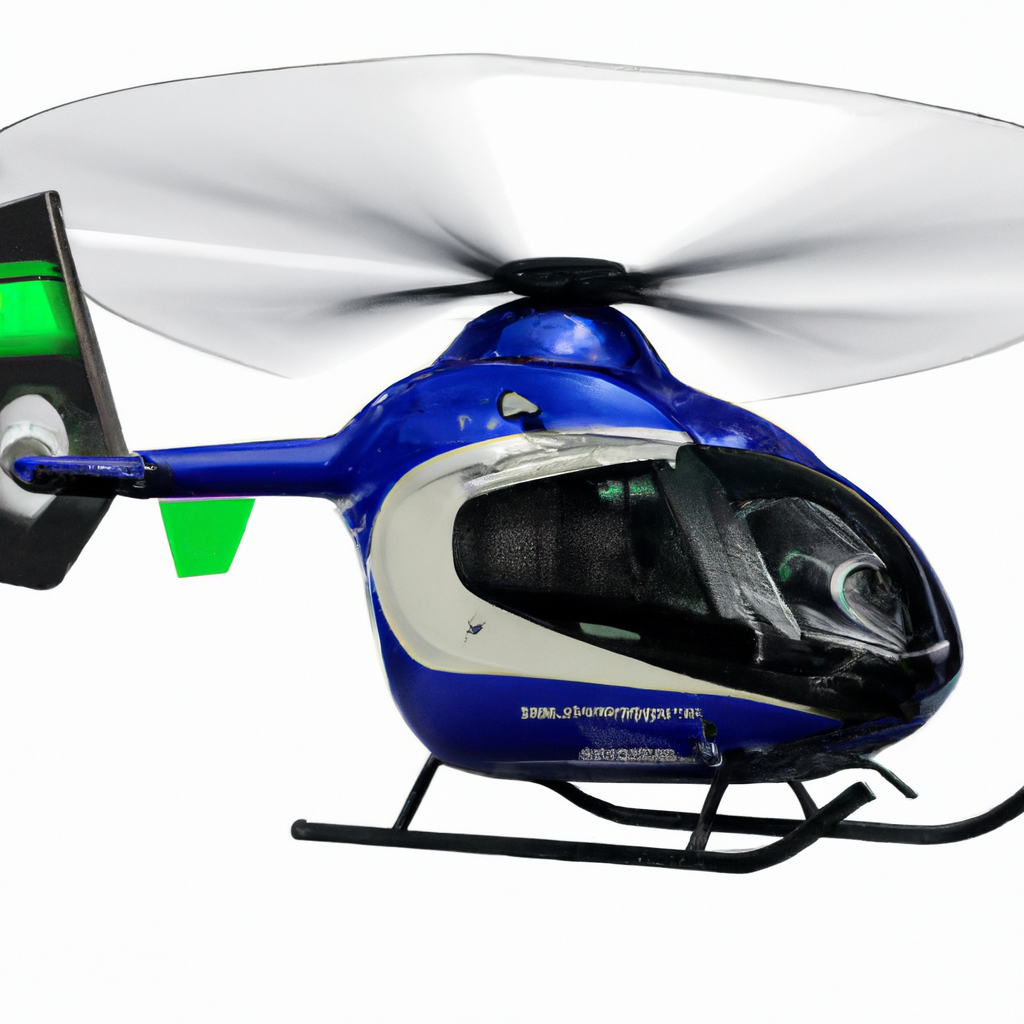
Inclusion of Advanced Surgical Tools
Air ambulance services have integrated advanced surgical tools to facilitate the provision of immediate medical intervention during critical incidents. Minimally invasive surgical instruments allow for precise and minimally traumatic procedures, minimizing patient discomfort and speeding up recovery time. Robotic-assisted surgical systems also play a significant role in air ambulance services, enabling surgical teams to perform complex procedures with enhanced precision and control. These systems provide surgeons with a magnified view of the surgical site and a range of motion that surpasses the limitations of human hands. Sterile surgical kits are essential in air ambulance services, ensuring that all necessary surgical tools and supplies are readily available for immediate use during emergencies, reducing the time required to prepare for surgical interventions.

Improved Medical Training Programs
To keep up with the advancements in air ambulance medical technology, medical training programs have also evolved. Simulated air ambulance scenarios provide medical professionals with realistic training experiences, allowing them to practice critical skills in a controlled environment. These simulations help enhance communication, decision-making, and teamwork among the air ambulance crew, ensuring optimal patient care during real-life situations. Virtual reality-based training modules have also gained popularity, offering medical professionals the opportunity to immerse themselves in virtual environments that simulate air ambulance operations. These modules allow for hands-on training and the development of crucial skills in a safe and controlled setting. Advanced life support certification courses have been developed to ensure that medical personnel are equipped with the necessary knowledge and skills to deliver high-quality care in air ambulance settings, keeping up with the latest advancements and best practices in the field.
In conclusion, innovations in air ambulance medical technology have transformed the way emergency medical care is delivered to patients in need. From telemedicine advancements and improved aircraft design to state-of-the-art life support equipment and advanced surgical tools, these innovations have greatly improved patient outcomes and overall efficiency in air ambulance services. Moreover, the integration of efficient communication systems, enhanced imaging equipment, and innovative patient monitoring devices ensures that medical professionals have access to real-time data and can make informed decisions for optimal patient care. As technology continues to advance, it is evident that air ambulance services will continue to evolve, providing faster, more efficient, and more effective emergency medical care for patients in critical situations.
